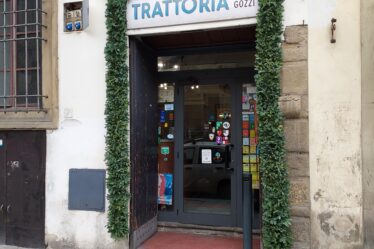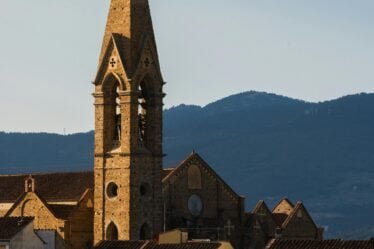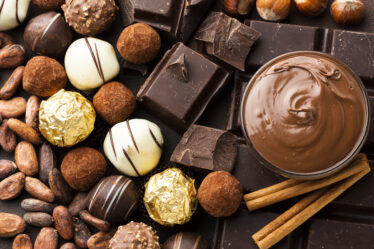
The Birth of Zuccotto is more than a sweet dessert; it’s a slice of Florence’s Renaissance history. As one of Italy’s oldest semifreddo (semi-frozen) desserts, Zuccotto tells a story of creativity, noble courts, and the rich culinary tradition of Tuscany. In this article, we’ll explore its origins, how it evolved over time, and where you can taste the real thing today.
A Renaissance Creation
To understand The Birth of Zuccotto, we must step back into the 16th century. Legend credits the invention to Bernardo Buontalenti, a Florentine architect and theatrical designer who was also a culinary innovator. He is known for his work at the Medici court—and for contributing to the early development of Italian gelato.
According to culinary historians, Buontalenti created Zuccotto as a frozen dessert shaped like a small dome or skullcap (zucchetto in Italian), which is how the treat got its name. Originally made with ricotta, chocolate, and citrus peel, it was chilled in a helmet-shaped mold using ice from nearby caves in Fiesole.
👉 Want to learn more about Bernardo Buontalenti’s influence on gelato? Italy Magazine has a great overview.
The Evolution of the Recipe
Over the centuries, the recipe for Zuccotto changed—especially in the 20th century. The modern version is often made with sponge cake soaked in liqueur, filled with whipped cream, chocolate chips, and candied fruit. Some chefs add ricotta or mascarpone, keeping a nod to its Renaissance roots.
This evolution reflects Florence’s long-standing tradition of adapting old recipes to modern tastes while preserving the essence of the original dish.
Where to Try It Today
If you’re visiting Florence, there’s no better place to experience The Birth of Zuccotto than in local pasticcerie (pastry shops). Top spots include:
- Pasticceria Sieni, near the San Lorenzo market
- Rivoire, a historic café in Piazza della Signoria
- Vivoli, one of Florence’s oldest gelato shops, sometimes offers a frozen version
You can also explore this curated list of traditional Tuscan desserts from Eataly.
Why It Still Matters
So why does The Birth of Zuccotto continue to attract attention? Because it represents the fusion of culinary art and historical legacy—a symbol of Florence’s innovation even in the kitchen.
Whether you’re researching for a trip, a food blog, or a culinary project, Zuccotto stands as a shining example of how Italian desserts carry deep historical roots. Learn more about the history of Florentine cuisine for additional context.
Final Thoughts
From a Medici banquet table to your modern-day fork, Zuccotto has stood the test of time. Rich in flavor and history, The Birth of Zuccotto is not just a dessert—it’s a cultural artifact from the heart of Florence.



